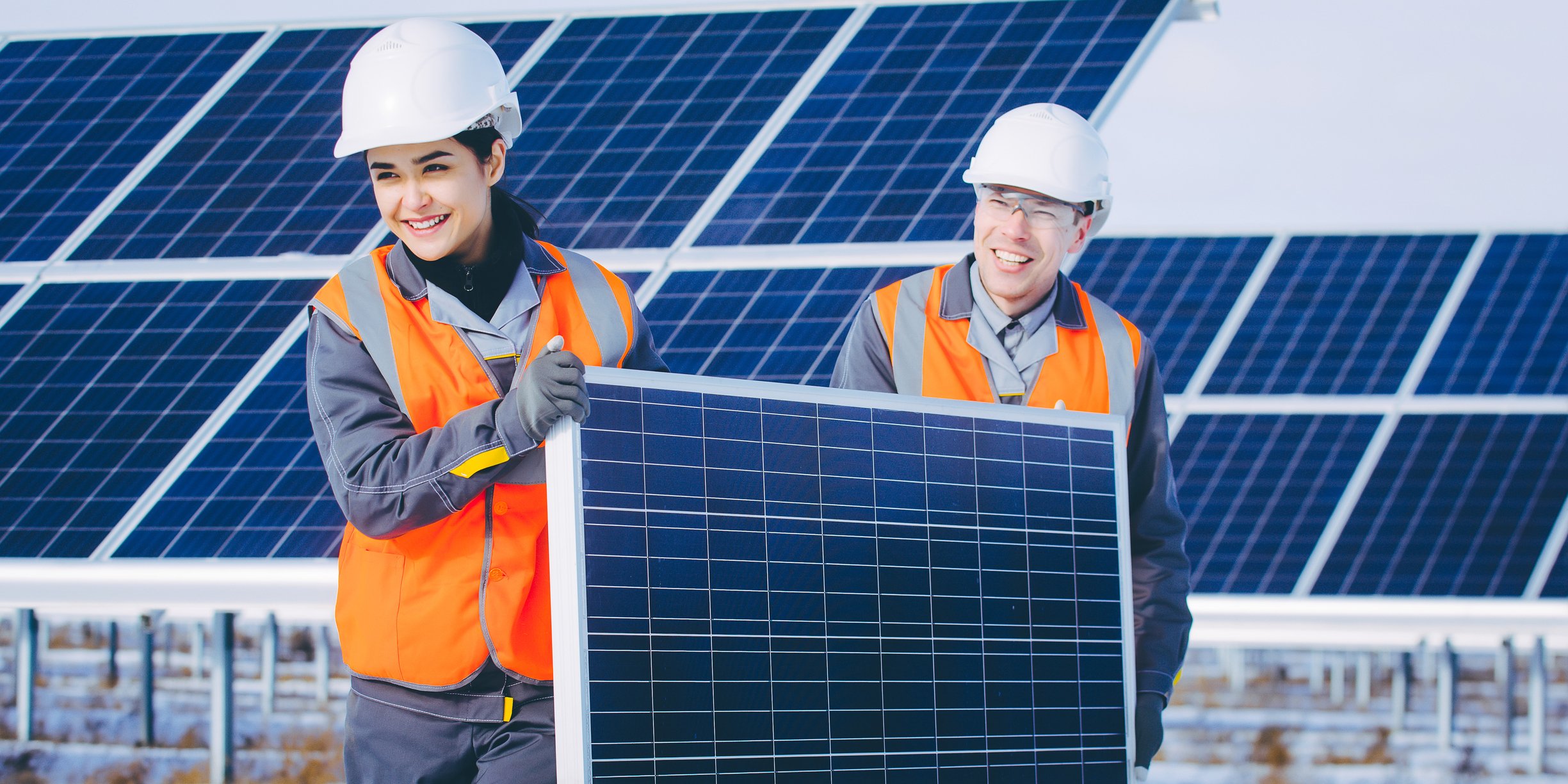Pattern Energy (PEGI +0.00%) has been working hard in recent years to improve the long-term sustainability of its 6.6%-yielding dividend. The renewable energy company's current focus is on executing a two-year strategy to grow its cash flow, which will improve its dividend payout ratio.
It recently took a significant step toward achieving its target by making a needle-moving acquisition. That deal makes it look increasingly likely that Pattern Energy will deliver on its growth objective. As a result, the stock is becoming a much more attractive option for income-seeking investors.

Image source: Getty Images.
Details on the latest deal
Pattern Energy recently announced that it agreed to acquire ownership interests in the Henvey Inlet Wind facility in Ontario and the Grady Wind facility in New Mexico. The company will pay $293 million for the two operating wind facilities, which have the capacity to produce 520 megawatts (MW) of power, of which Pattern will own 251 MW. The company will also assume the project finance loans, as well as purchase a 97 million Canadian dollar ($73 million) loan made to Nigig Power Corporation, its partner on Henvey Inlet.
Long-term power purchase agreements back both projects. Because of that, they'll provide Pattern Energy with predictable cash flow in the coming years. Overall, the company paid about 10 times the anticipated average cash flow the projects will generate over the next five years. Given the numbers, the deal will provide a meaningful boost to Pattern's cash flow, putting it well on track to meet its growth objectives.
Pattern Energy also secured financing for this transaction. It sold $260 million of preferred stock with an initial base dividend rate of 5.625%. That rate, however, will increase by 0.5% per year starting on the third anniversary, potentially reaching a maximum of 7.625%. Further, investors in those preferred shares can receive an additional contingent dividend. That payout would be 12.6% of the distributions made to Pattern Energy from Pattern Development, which is an investment arm that develops renewable energy projects. Given the company's tight financial profile, it needed to get creative to fund this transaction so that it could also maintain its high-yield dividend.

Image source: Getty Images.
A giant leap forward
When Pattern Energy unveiled its two-year strategy earlier this year, it thought that it could find enough outside financing to make $300 million to $500 million of acquisitions. Those deals would provide it with some of the incremental earnings it needed to grow its cash available for distribution (CAFD) per share at a 10% compound annual rate by the end of 2020.
The company's latest acquisition pushes it firmly above the low end of that target range since it already spent $44 million for interests in two wind projects during the second quarter. Together, the roughly $340 million of new assets should generate an incremental $34 million of annualized cash flow, assuming a 10 times acquisition multiple. That will give the company a large portion of the cash flow it needs to grow its CAFD from $167 million last year up to a range of $185 million to $225 million in 2020.
Meanwhile, Pattern Energy still has lots of funding capacity remaining, given that it secured a $250 million bank loan in the second quarter. Because of that, it has the flexibility to make additional acquisitions. It doesn't currently have any more identified opportunities within its development arms that will be operational in the next year. However, it could pursue third-party deals to achieve its two-year strategy should one of its other internal growth sources fail to meet expectations. As such, it's increasingly likely that Pattern Energy will deliver on its plan to grow its CAFD per share by a 10% compound annual rate through 2020.
The risks are fading fast
When Pattern Energy announced its two-year growth strategy earlier this year, investors were somewhat skeptical that it could deliver on its objectives. That's because it needed to secure outside funding to acquire enough assets to provide the power required to achieve its plan.
The company, however, has had no problems getting the financing it needed, which has enabled it to make a needle-moving amount of acquisitions. That should provide the company with enough power to deliver on its growth plan. Because of that, dividend investors should consider taking a closer look at this high-yielding renewable energy company.






